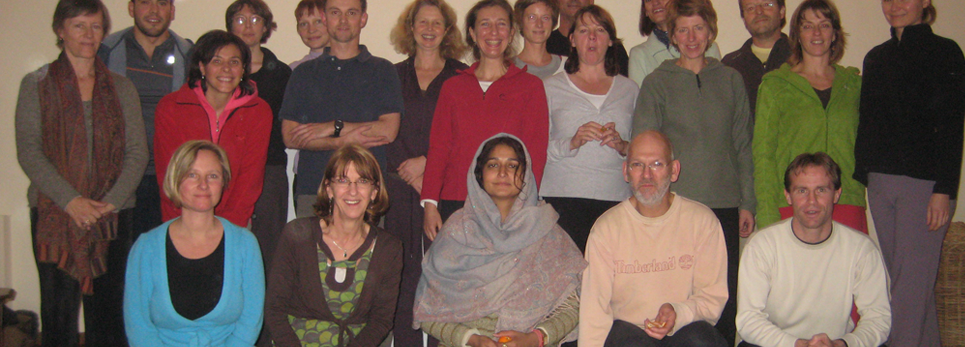Yoga is the science of right living and, as such, is intended to be incorporated in daily life. It works on all aspects of the person: the physical, vital, mental, emotional, psychic and spiritual. The word yoga means “unity” or “oneness” and is derived from the Sanskrit word yuj which means “to join”. This unity or joining is described in spiritual terms as the union of the individual consciousness with the universal consciousness. On a more practical level, yoga is a means of balancing and harmonising the body, mind and emotions. This is done through the practice of asana, pranayama, mudra, bandha, shatkarma and meditation, and must be achieved before union can take place with the higher reality. The science of yoga begins to work on the outermost aspect of the personality, the physical body, which for most people is a practical and familiar starting point. When imbalance is experienced at this level, the organs, muscles and nerves no longer function in harmony, rather they act in opposition to each other. For instance, the endocrine system might become irregular and the efficiency of the nervous system decrease to such an extent that a disease will manifest. Yoga aims at bringing the different bodily functions into perfect coordination so that they work for the good of the whole body. From the physical body, yoga moves on to the mental and emotional levels. Many people suffer from phobias and neurose as a result of the stresses and interactions of everyday living. Yoga cannot provide a cure for life but it does present a proven method for coping with it. 








